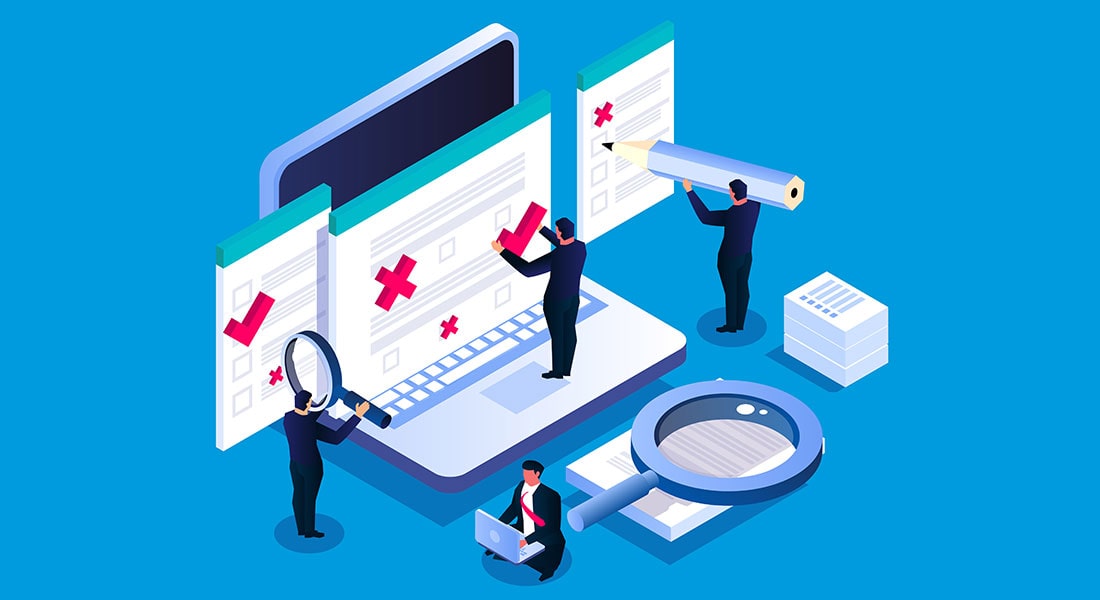Meet Gen Z and Alpha: The New Kids on the Corporate Training Block

Born into the digital age, Gen Z and Gen Alpha are unlike any workforce generations that came before. Tech-savvy, socially aware, and hungry for meaningful, interactive learning experiences, these generations expect their corporate training to keep up with the times. For L&D professionals, this means designing training that is tech-driven, interactive, and adaptable to each learner’s unique pace and style.
So, what does it take to engage the future workforce effectively? Let’s dive into the characteristics, expectations, and best practices for training Gen Z and Gen Alpha, along with examples of companies already paving the way.
→ Download eBook: Corporate L&D Trends 2025 – Get the View from the Trenches
Characteristics of Gen Z and Gen Alpha
Gen Z (born between 1997 and 2012) and Gen Alpha (born from 2013 onward) are attuned to digital environments. Their digital-first experience shapes how they learn and work, and understanding their characteristics is key to designing engaging training programs.
Tech Fluency
Both generations are native users of technology. They’re comfortable with smartphones, social media, and digital content, with Gen Alpha often exposed to even more advanced tech, like voice-activated devices, at an early age.
Table of Contents
- Characteristics of Gen Z and Gen Alpha
- Expectations from Corporate Training
- Best Practices for Designing Digital and Remote
Learning Styles
They prefer visual, hands-on, and interactive learning experiences over traditional text-heavy materials. Short, engaging content that can be accessed on-demand suits their digital lifestyle.
Social Awareness and Inclusivity
Both generations value inclusivity, social responsibility, and diverse perspectives. They’re drawn to companies and training programs that align with these values.
Need for Purpose
They’re motivated by purpose-driven work, and they want their learning experiences to connect with real-world applications and societal impacts.
Best Practices for Designing Digital Training for the Gen Z
- Create short, focused modules
- Encourage collaboration and knowledge sharing
- Offer gamified learning experiences
- Provide continuous feedback and recognition
Expectations from Corporate Training
When it comes to training, Gen Z and Gen Alpha expect more than passive, one-size-fits-all programs. Here’s what they’re looking for:
Personalization
Both generations have come to expect customization, whether it’s their social media feeds or shopping experiences. They look for training that’s tailored to their individual learning needs and career goals.
Immediate Feedback and Recognition
Having grown up in the age of instant responses, Gen Z and Alpha appreciate training programs that provide rapid feedback. They want to know how they’re progressing and receive constructive advice along the way.
Meaningful, Purpose-Driven Content
Training programs that emphasize practical skills and showcase clear, real-world applications are more effective for these groups. They want to feel that their learning has a purpose and connects to broader goals.
Interactive and Flexible Formats
Flexibility is essential. They prefer training that is accessible across devices, allowing them to learn at their own pace and often from remote locations.

Corporate L&D Trends 2025
Get the View from the Trenches
- Win with AI
- Design for the agile workforce
- Unlock scale, volume, quality
- Make an impact
- Much more
Best Practices for Designing Digital and Remote Training
Designing effective training for Gen Z and Gen Alpha requires a shift from traditional methods to more digital, agile formats. Here are some strategies to keep in mind, along with real-world examples:
Create Short, Focused Modules
Instead of long, lecture-based training, break up content into short, focused modules that learners can complete in quick intervals. For example, Unilever uses its MyLearning Hub, an AI-driven platform that recommends short, personalized courses based on each employee’s role and interests, meeting the need for quick, focused, and personalized content.
Explore how microlearning delivers short, focused learning.
Encourage Collaboration and Knowledge Sharing
Use tools that allow learners to communicate, share insights, and work together on projects. Social learning platforms are valuable for fostering a sense of community among remote teams.
Google’s g2g (Googler-to-Googler) program exemplifies this approach, enabling employees to teach each other various skills in a collaborative environment, promoting peer learning and teamwork.
Offer Interactive Elements and Gamified Learning Experiences
Incorporate interactive components such as quizzes, simulations, and video-based scenarios. Gamification, which uses point systems, leaderboards, and rewards, is especially effective. Deloitte’s training program, which uses gamified simulations and interactive case studies, lets employees solve problems in real time, increasing engagement and retention.
Provide Continuous Feedback and Recognition
Incorporate regular check-ins, feedback loops, and digital badges or certificates to keep them motivated. Both Gen Z and Alpha value frequent recognition. In Accenture’s digital training programs, employees receive instant feedback through interactive quizzes and digital badges that acknowledge their progress, keeping motivation levels high.
Parting Thoughts
As Gen Z and Gen Alpha continue to enter the workforce, L&D professionals have a unique opportunity to innovate their training approaches. By aligning with these generations’ digital fluency, need for interactive content, and desire for meaningful, adaptable learning experiences, organizations can create training programs that engage, empower, and retain the workforce of the future. Embracing technology, prioritizing personalization, and adopting flexible, interactive formats aren’t just trends—they’re necessities to meet the expectations of Gen Z and Alpha and build a learning culture that resonates across generations.





